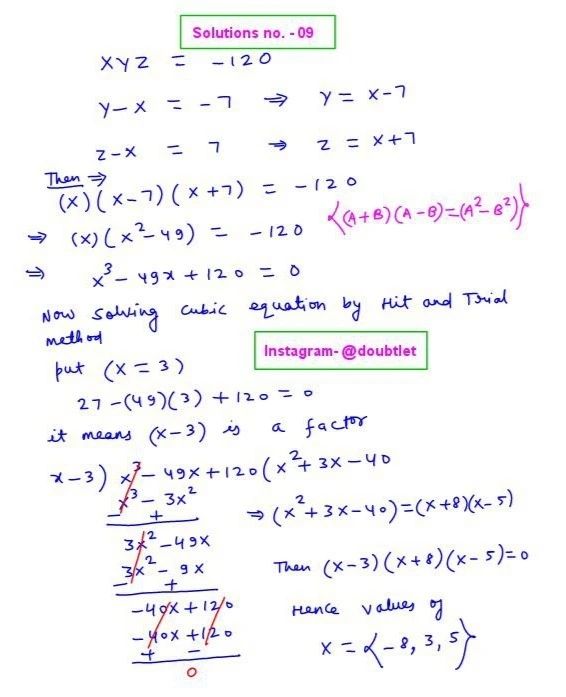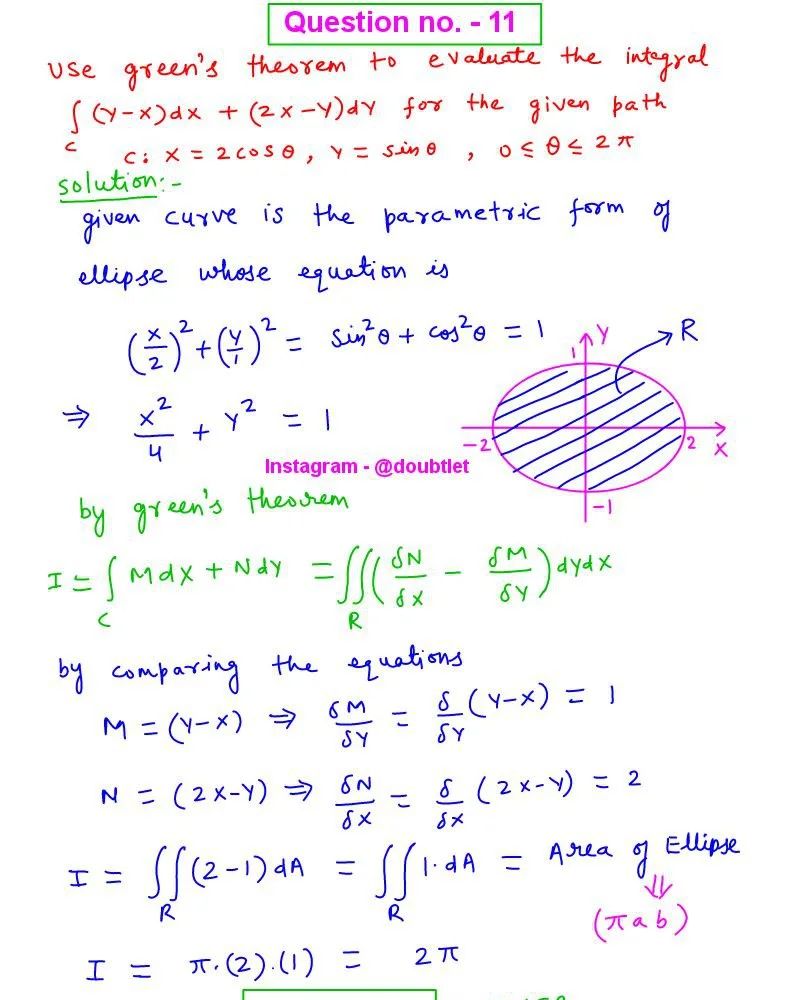









Polar to Cartesian Coordinates Calculator
This calculator will help you to convert the Polar coordinates to Cartesian form with the steps shown.Related Calculator:Cartesian to Polar Coordinates Calculator
Loading...
Loading...
Cartesian to Polar coordinates
Cartesian to Spherical coordinates
Cartesian to Cylindrical coordinates
Cylindrical to Cartesian coordinates
Cylindrical to Spherical coordinates
Spherical to Cartesian coordinates
Spherical to Cylindrical coordinates
- 1. Introduction to the Polar to Cartesian coordinates calculator
- 2. What is the Formulae used ?
- 3. How do I convert the Polar coordinates to Cartesian?
- 4. Why choose our Polar to Cartesian coordinates Calculator?
- 5. A Video for explaining this concept
- 6. How to use this calculator ?
- 7. Solved Examples
- 8. Frequently Asked Questions (FAQs)
- 9. What are the real-life applications?
- 10. Conclusion
1. Introduction to the Polar to Cartesian coordinates calculator
Embarking on a mathematical journey, we unveil the art of transforming polar coordinates into Cartesian coordinates. Join us as we explore this conversion process, shedding light on its definition, practical applications, and straightforward steps to navigate between two coordinate systems seamlessly.
Cartesian coordinates locate points in the argand plane using a pair of perpendicular axes (usually denoted as x and y) intersecting at the origin (0, 0). A Point is represented as (x, y), where x represents the x coordinate or horizontal distance and y represents the y coordinate or vertical distance of the point from the origin. We also call it a rectangular coordinate system.
Here, x and y can attain any real value.
Polar coordinates, on the other hand, use a radial distance (r) from the origin and an angular measurement (θ) to locate points. A Point is represented as (r, θ), where r represents the distance of the end from the origin, and θ represents the angle (in degrees or radians) made by the line joining the origin to the point measured CCW from the positive x-axis. Due to mathematical convention, the value of the polar radius is taken as positive, and the range for the polar angle (θ) is [0, 2π].
2. What is the Formulae used?
For polar coordinates (r,θ), the Cartesian coordinates (x,y) are given by:
3. How do I convert the Polar coordinates to Cartesian?
Determine the given point's r (radius) and θ (angle) values.
Use the formulas x=r⋅cos(θ) and y=r⋅sin(θ) to find the Cartesian coordinates.
4. Why choose our Polar to Cartesian coordinates Calculator?
Our calculator page provides a user-friendly interface that makes it accessible to both students and professionals. You can quickly input your square matrix and obtain the matrix of minors within a fraction of a second.
Our calculator saves you valuable time and effort. You no longer need to manually calculate each cofactor, making complex matrix operations more efficient.
Our calculator ensures accurate results by performing calculations based on established mathematical formulas and algorithms. It eliminates the possibility of human error associated with manual calculations.
Our calculator can handle all input values like integers, fractions, or any real number.
Alongside this calculator, our website offers additional calculators related to Pre-algebra, Algebra, Precalculus, Calculus, Coordinate geometry, Linear algebra, Chemistry, Physics, and various algebraic operations. These calculators can further enhance your understanding and proficiency.
5. A video based on how to convert the Polar coordinates to Cartesian.
6. How to use this calculator
This calculator will help you to convert the polar coordinates to Cartesian.
In the given input boxes, you have to put the value of the r and .
After clicking the Calculate button, a step-by-step solution will be displayed on the screen.
You can access, download, and share the solution.
7. Solved Examples
Convert the given polar coordinates as (4, ) into polar coordinates.
x = r⋅cos(θ) = 4.cos() = 2
y = r⋅sin(θ) = 4.sin() = 2
Cartesian coordinates are (x, y) = (2 ,2)
Convert the given polar coordinates as (5, ) into polar coordinates.
x = r⋅cos(θ) = 5.cos() =
y = r⋅sin(θ) = 5.sin() =
Cartesian coordinates are (x, y) = ( ,)
8. Frequently Asked Questions (FAQs)
Can polar coordinates have negative values?
Yes, both radius (r) and angle (θ) can be negative.
How does the conversion handle negative angles?
Negative angles in polar coordinates are handled by incorporating the direction into the Cartesian coordinates.
Is the conversion unique for all polar coordinates?
Yes, the conversion is unique for each polar point.
What if the radius (r) is negative?
A negative radius reflects the point across the origin but does not affect the conversion.
Can polar coordinates represent points on the Cartesian axes?
Yes, polar coordinates can represent points on the axes with specific values of r and θ.
9. What are the real-life applications?
In engineering, converting polar to Cartesian coordinates finds application in antenna alignment. The direction and distance of antennas from a central point are often specified in polar coordinates, and this conversion helps in accurately positioning them in a Cartesian space.
10. Conclusion
As we conclude our exploration into converting polar coordinates to Cartesian, recognize its significance as a fundamental tool in seamlessly navigating between coordinate systems. Embrace the simplicity of the formulas and their applications in diverse fields, from mathematics to engineering. This transformation, though rooted in basic trigonometry, stands as a vital bridge, connecting the polar realms to the familiar Cartesian landscapes, enriching our understanding of points in both mathematical and real-world dimensions.
This blog is written by Neetesh Kumar
If you have any suggestions regarding the improvement of the content of this page, please write to me at My Official Email Address: doubt@doubtlet.com
Are you Stuck on homework, assignments, projects, quizzes, labs, midterms, or exams?
To get connected to our tutors in real time. Sign up and get registered with us.
Comments(0)













Leave a comment